Before VxRail initialization, you need to prepare the following information for each component,

System Setting
Time zone, NTP server, DNS server
Time zone, NTP server, DNS server
Management Setting
ESXi hostname prefix, Domain
ESXi starting address for IP pool, ESXi ending address for IP pool
vCenter Server hostname, vCenter Server username, vCenter Server password
vCenter Server management username, vCenter Server management password
Datacenter name, Custer name
VxRail Manager hostname, VxRail Manager IP address
Subnet mask, Gateway
ESXi password, VxRail Manager password
ESXi hostname prefix, Domain
ESXi starting address for IP pool, ESXi ending address for IP pool
vCenter Server hostname, vCenter Server username, vCenter Server password
vCenter Server management username, vCenter Server management password
Datacenter name, Custer name
VxRail Manager hostname, VxRail Manager IP address
Subnet mask, Gateway
ESXi password, VxRail Manager password
vMotion Setting
Starting address for IP pool, Ending address for IP pool
Subnet mask, VLAN ID
Starting address for IP pool, Ending address for IP pool
Subnet mask, VLAN ID
Virtual SAN Setting
Starting address for IP pool, Ending address for IP pool
Subnet mask, VLAN ID
Starting address for IP pool, Ending address for IP pool
Subnet mask, VLAN ID
VM Networking Setting
VM Network name, VLAN ID
VM Network name, VLAN ID
When you finish the hardware installation and network connection, you can start the initialization.
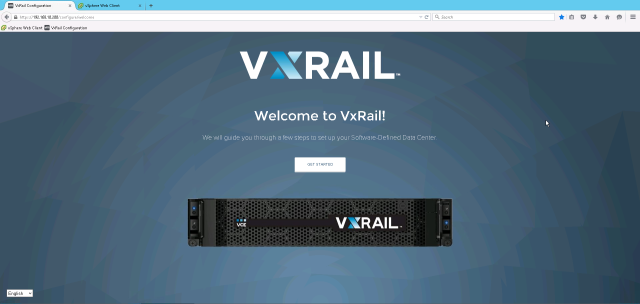
According to you prepared information, you input the required info in each section.
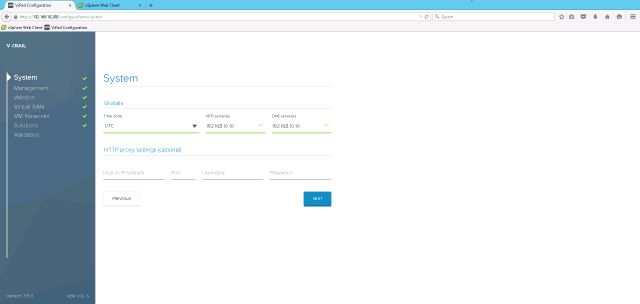
After that you can start to build VxRail.
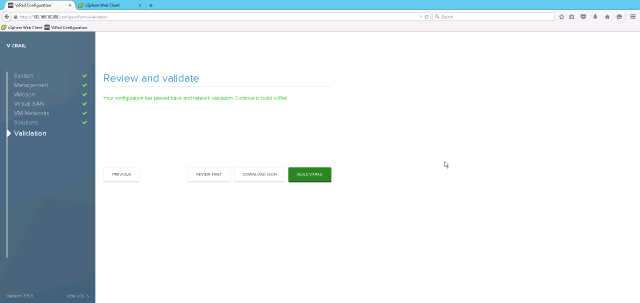
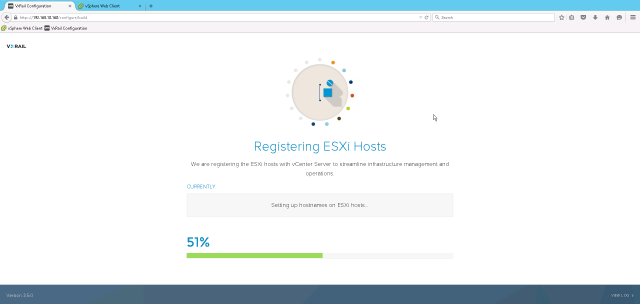
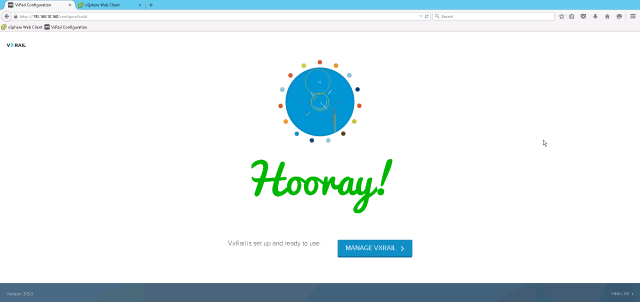
After VxRail initialization, it has been built one vCenter server 6.x, one ESXi cluster group with 4 nodes, EMC VxRail Manager 3.5 and VMware Virtual SAN Enterprise. Now you can login into VxRail Manager and VMware vCenter server. NOTE: Some features on VxRail is based on which license is enabled, eg Recover Point for Virtual Machines etc.
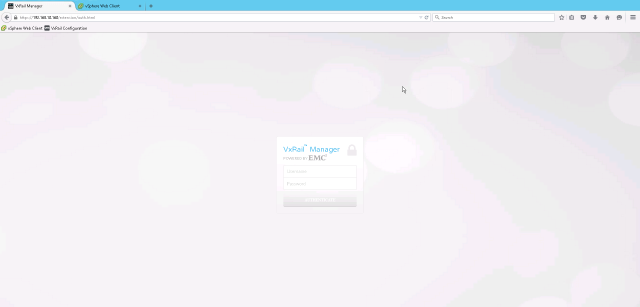
You can see the status of each node in VxRail Manager Dashboard.
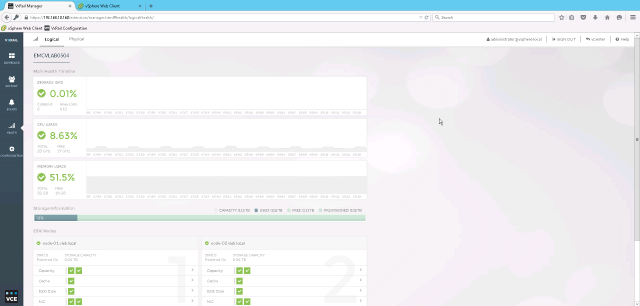
After a few minutes one virtual infrastructure environment is ready. When you login into vCenter server, it created one vCenter server 6.x, one ESXi cluster group with 4 nodes.
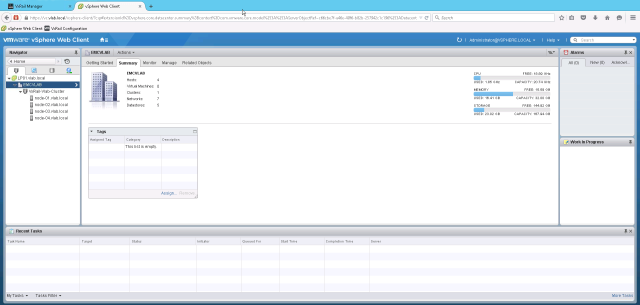
Reference Information – VxRail Initialization Demo
Comments
Post a Comment